Results
-
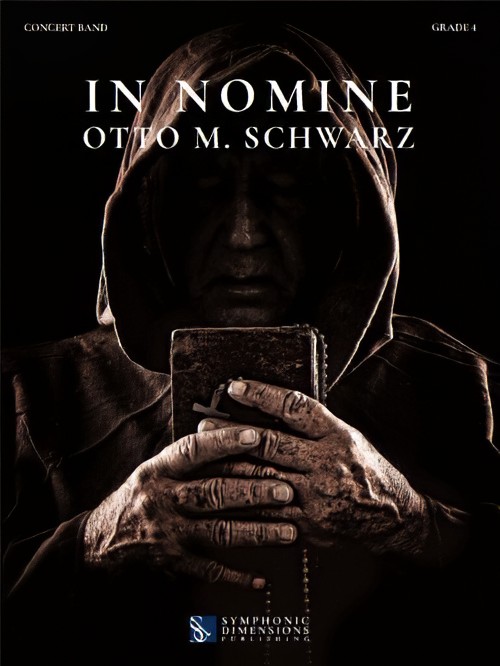 £159.99
£159.99In Nomine (Concert Band - Score and Parts) - Schwarz, Otto M.
How often has something been justified by, declared to be, or blessed as 'in the name of' some cause or other? How can it be that opposing armies and the use of weapons are ever 'in the name of...'? This is a common thread in the history of different faiths. Good was created but evil was committed and all 'in the name of...' This thread is also found in the history of the Premonstratensian Abbey at Wadgassen. The abbey was built in the 12th century on unfertile, desolate moorland, which later evolved into the most powerful religious community in the Saarland. The history of the abbey records quite astounding achievements under the motto desertum florebit quasi lilium ('the desert will bloom like a lily'); but also the harsh treatment of delinquents. The order had its own school, in which children were taught the seven liberal arts (which included music as well as geography and astronomy), but the poor were left to starve outside the abbey walls and were only allowed to eat from the members' leftovers on feast days. The medieval witch trials demanded their pound of flesh, and one group that fell victim were ecstatic dancers who moved wildly to music, which was interpreted as the devil's work. The result: a show trial that sentenced the dancers to death by fire. All in the name of... The year is 1789: Abbot Bordier is in the tenth year of his command. He does not yet know that he is to be the last abbot of an almost 700-year tradition. Not far from the abbey is the French border, which has long been making itself felt with the sound of gunfire, and the brothers continue to keep a nervous eye on it. The first portents of the French Revolution loom, but no one wants to believe it, that is, until the French pound the door down, storm the abbey and come right into the brothers' chambers. In a blind fury, all the pipes of the abbey organ are torn out, icons beheaded with swords and brothers beaten death while numerous buildings are set on fire. The abbey church is in flames. A frantic and desperate escape begins. Abbot Bordier and a handful of brothers make their getaway via the River Saar, adjacent to the abbey, to the neighbouring village of Bous. They survive, but their life, the Premonstratensian abbey, is destroyed. While they flee towards Prague and the sanctuary of the Strahov Monastery, the abbey at Wadgassen is razed to the ground and becomes a stone quarry. The desert blooms once more, however. A few short decades later, a glasswork arises from the foundations of the abbey. As peace returns to the region, it brings jobs and a new vision for its people.Duration: 11.15
Estimated dispatch 7-14 working days
-
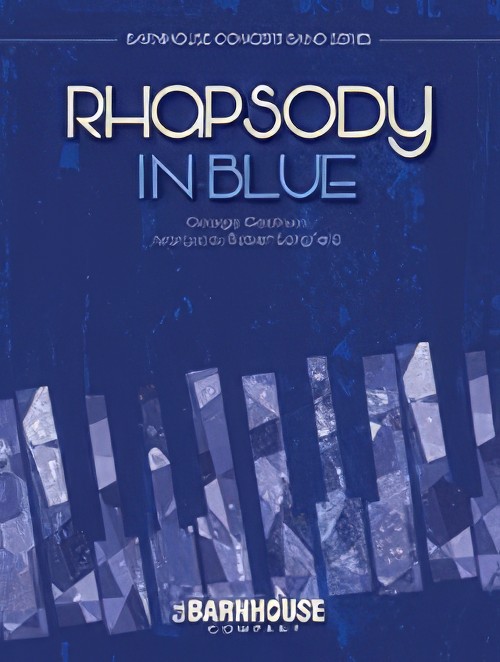 £89.00
£89.00Rhapsody in Blue (Piano Solo with Concert Band - Score and Parts) - Gershwin, George - Longfield, Robert
George Gershwin's iconic masterpiece is now available in this well-paced, abridged arrangement by Robert Longfield for concert band and piano soloist. Since its premiere in 1924, Rhapsody in Blue has become one of the most popular and beloved American concert works. Its jazzy themes have been featured on the concert stage as well as in movies and commercials. One of the finest musical works ever produced in America, Rhapsody in Blue is a classic that will enthral your audience. Superb!Duration: 5.45
Estimated dispatch 7-14 working days
-
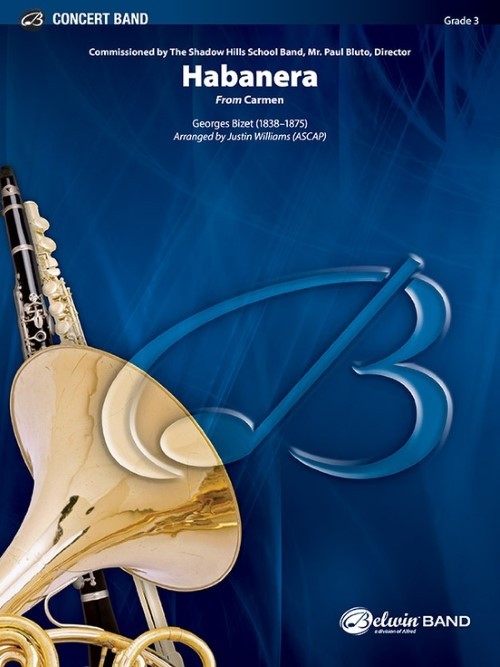 £64.50
£64.50Habanera (Concert Band - Score and Parts) - Bizet, Georges - Williams, Justin
French composer Georges Bizet's four-act opera, Carmen , remains one of the most popular and performed works in the classical canon. This piece is perhaps the most popular portion of the opera. Its playful character and flirtatious mood are exposed in this contemporary setting.Duration: 3:00
Estimated dispatch 7-14 working days
-
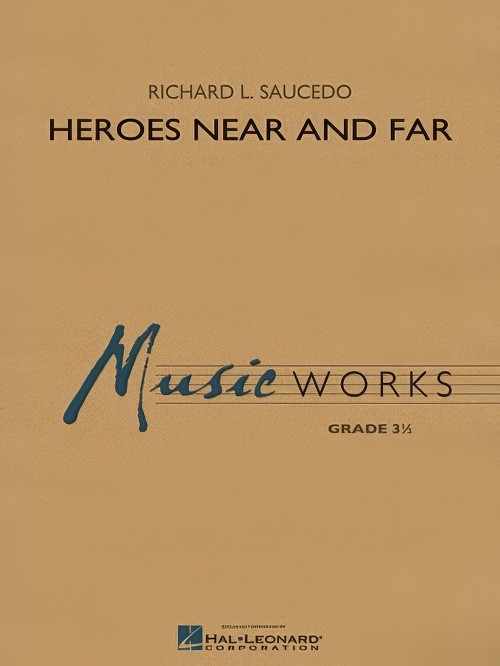 £89.99
£89.99Heroes Near and Far (Concert Band - Score and Parts) - Saucedo, Richard L.
Each of the five movements of this innovative work is designed to invoke a particular type of emotion associated with leadership. Courage is stately in nature and written in a marcato style. Vision is playful in character and focuses on mixed meters as well as mixed emotions. The lyrical and sensitive Compassion is meant to stir the soul, while the contrasting Selflessness offers some of the most intense and demanding music of the set. The energetic final movement Heroes will bring to mind your own favourite superhero! Educator and speaker Scott Lang helped develop the concept for this unique work, and has made available supplemental curricula centred around leadership and character development. This material is tied to the Common Core Standards relating to reading, writing, music, art, and critical thinking. Each movement and its accompanying curriculum can stand on its own, allowing the director the flexibility of using as much or as little as desired. A tremendous resource for today's teacher!Duration: 9:30
Estimated dispatch 7-14 working days
-
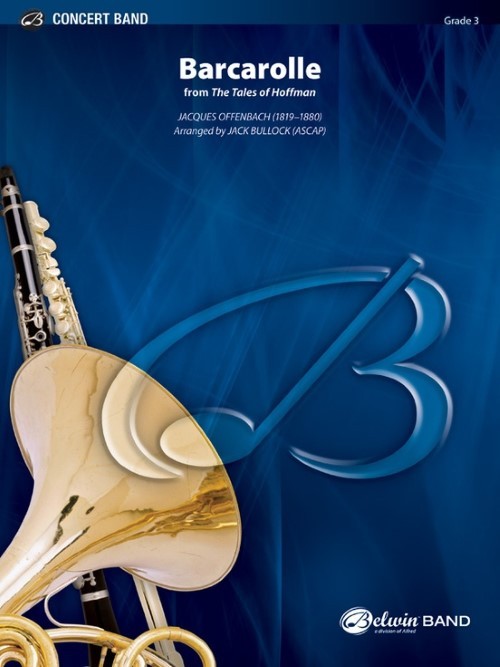 £66.95
£66.95Barcarolle (from Tales from Hoffman) (Concert Band - Score and Parts) - Offenbach, Jacques - Bullock, Jack
Barcarolle, one of the most famous operetta melodies, is presented here for concert band. Its "rolling" melody and simple harmonic structure have made it a favourite the world over. Written by one of the originators of the operetta musical form, Jacques Offenbach, it has endured for over 150 years. A historic work in a contemporary setting... a most musical gem!Duration: 2.45
Estimated dispatch 7-14 working days
-
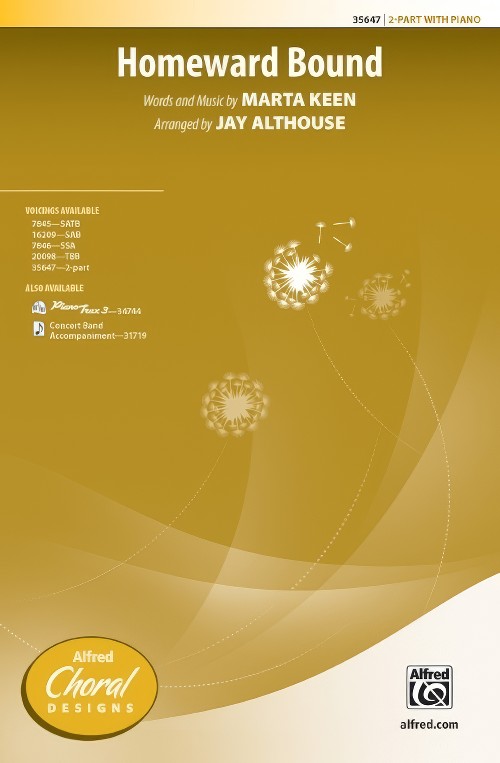 £2.25
£2.25Homeward Bound (2-Part Choral Octavo) - Keen, Marta - Althouse, Jay
Homeward Bound is one of the most popular and widely-performed contemporary choral pieces. This heartfelt piece is elegant in its simplicity and has touched thousands of musicians and their audiences with its warmth and sincerity. Additionally, it has become the anthem for many soldiers returning home. Create a stirring moment for combined band and choir using this exquisite new setting for concert band.
Estimated dispatch 7-14 working days
-
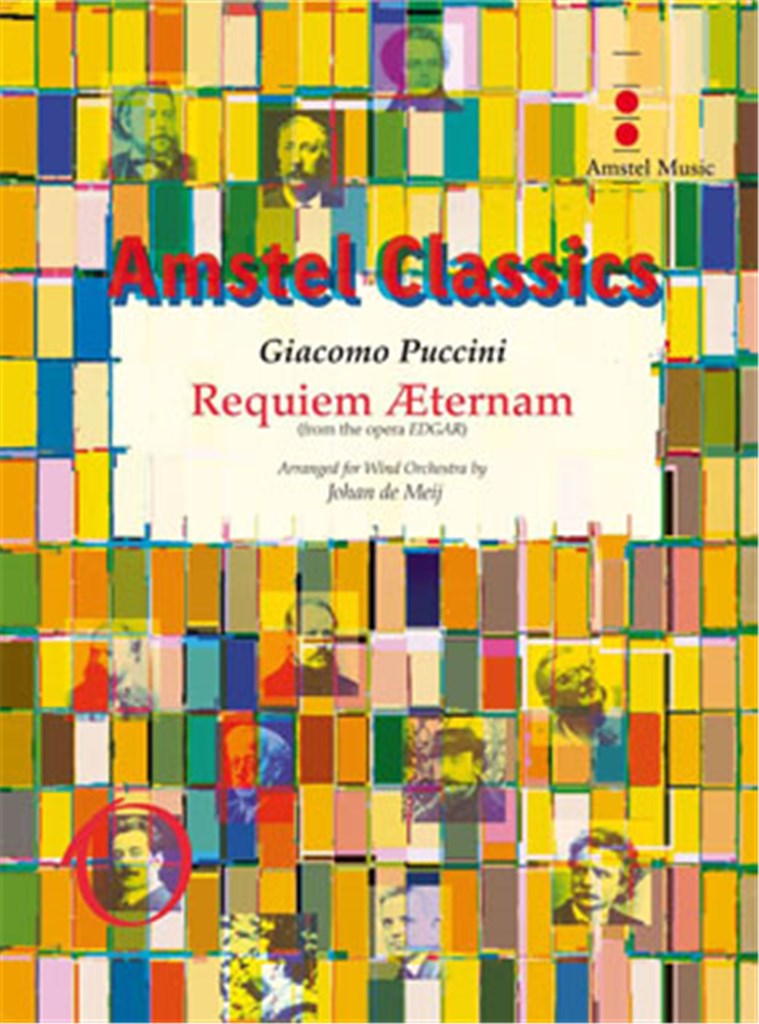 £68.00
£68.00Requiem Aeternam (from Edgar) (Concert Band - Score and Parts) - Puccini, Giacomo - De Meij, Johan
Giacomo Puccini was commissioned to write a second opera after the resounding success of his first, Le Villi. However, the original four-act, grand opera Edgar, to a libretto by Ferdinando Fontana, received a rather lukewarm reception at its premiere in La Scala in Milan in 1889. Initially, the work was only performed three times. Of all the planned performances in the subsequent two years, only one took place, in Lucca, Puccini's birthplace. There, the work was well received. Nevertheless, the composer decided to make drastic changes to Edgar the most radical being the reduction of the opera to three acts, as well as altering a few arias, characters and instrumental parts. In its revised form, the work was even less popular than before. The discarded fourth act later provided material for Tosca (the duet Amoro sol' per te), but Puccini never felt the need to defend Edgar as he did other less fortunate operas, such as La Rondine and Suor Angelica. On a piano excerpt for his female friend Sybil Seligman he even corrupted the title to 'E Dio ti Guarda da quest' opera' (may God preserve you from this opera). This did not prevent Arturo Toscanini performing the Requiem from the third act at Puccini's funeral in Milan Cathedral on 3 December 1924. The Requiem in the third act is being played when the long funeral procession carries the alleged body of Edgar, the confused young man hesitating between the love of the virtuous Fidelia and the exotic Tigrana. The mass hails Edgar as a hero, but a monk claims that he has betrayed his country for a few gold pieces. When the soldiers try to desecrate the body, they discover that the armor contains none. The monk reveals himself as Edgar. He wants to leave with his faithful Fidelia, but the vengeful Tigrana stabs him and kills Fidelia. Edgar grieves over the lifeless body of his beloved, while Tigrana is arrested and the people submerge into prayer. Duration: 3.30
Estimated dispatch 7-14 working days
-
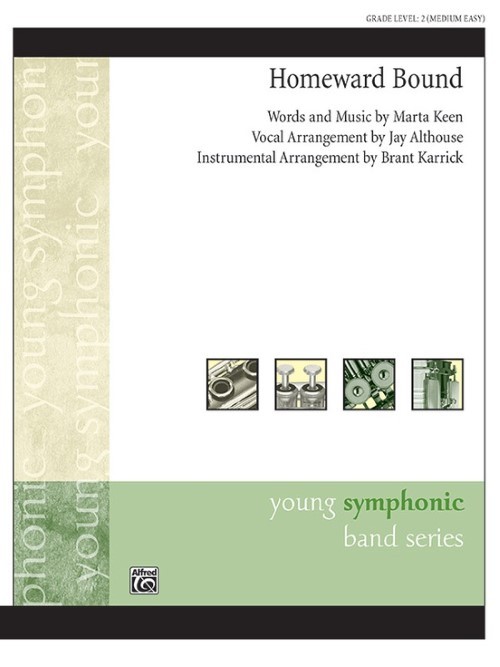 £58.50
£58.50Homeward Bound (Concert Band - Score and Parts) - Keen, Marta - Karrick, Brant
Homeward Bound is one of the most popular and widely-performed contemporary choral pieces. This heartfelt piece is elegant in its simplicity and has touched thousands of musicians and their audiences with its warmth and sincerity. Additionally, it has become the anthem for many soldiers returning home. Create a stirring moment for combined band and choir using this exquisite new setting for concert band. The choral arrangement is by Jay Althouse.
Estimated dispatch 7-14 working days
-
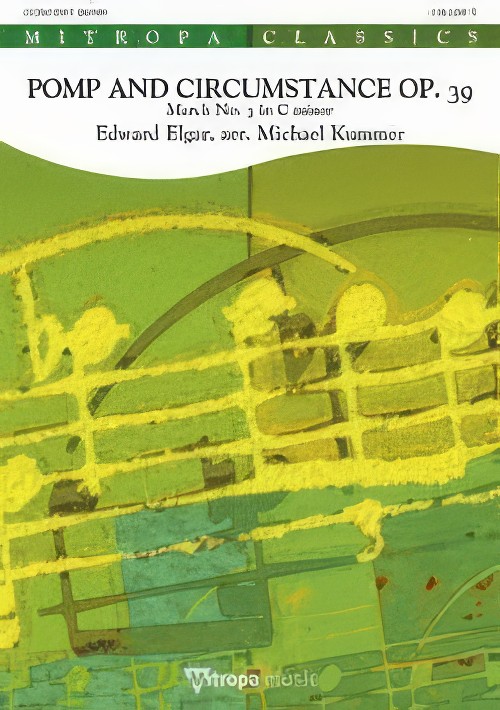 £109.99
£109.99Pomp and Circumstance No.3, Op.39 (Concert Band - Score and Parts) - Elgar, Edward - Kummer, Michael
The English composer Sir Edward Elgar wrote the five Pomp and Circumstance marches between 1901 and 1930, the time of the British Empire, when the colonial and strategic world power of England was at its peak. March No. 3 in C minor, although less well-known then March No.1, was regarded by the composer as the most successful of the marches in terms of composition technique and musical content. The dark colours of the minor tonality and the hopeful sounding cantabile theme are extremely impressive, giving the march its unique character. This is a great chance to bring British pomp and splendour to your performance.
Estimated dispatch 7-14 working days
-
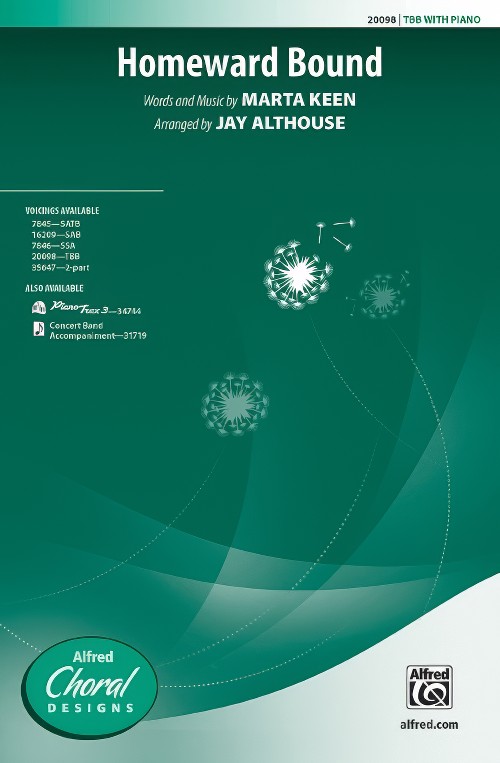 £2.25
£2.25Homeward Bound (TBB Choral Octavo) - Keen, Marta - Althouse, Jay
Homeward Bound is one of the most popular and widely-performed contemporary choral pieces. This heartfelt piece is elegant in its simplicity and has touched thousands of musicians and their audiences with its warmth and sincerity. Additionally, it has become the anthem for many soldiers returning home. Create a stirring moment for combined band and choir using this exquisite new setting for concert band.
Estimated dispatch 7-14 working days
